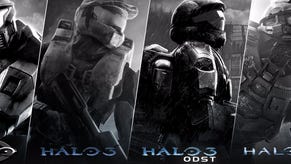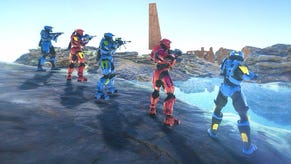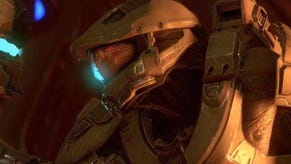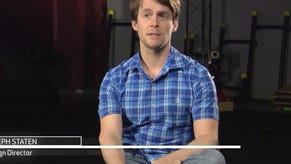Halo 3: ODST
A short, sharp drop.
Bungie eventually knots the Rookie's story together with that of the other ODSTs cleverly, but the concluding sequence of discovery and deliverance is patchy, playing shotgun Wac-A-Mole with flying bugs before a repetitive flight from danger and a final siege sequence, all of which lacks the impact and urgency of its predecessors. With stretch-marks becoming evident, the campaign still ends after less than six hours on Normal difficulty, a figure that grows on Heroic and Legendary, or if you hunt down each of the 30 audio recordings, but not to an enormous degree. And while the Rookie's hub world interludes are generally laudable, the sight of locked doors and the respawning patrols are throwbacks that suggest Bungie hasn't quite mastered its new and otherwise encouraging approach to storytelling.
The greatest surprise, however, is that the game's co-operative Firefight mode, offered as an alternative to the competitive modes that made Halo 3 the most popular game on Xbox Live for a staggeringly long time, is an unconvincing extension to the New Mombasa playset. Repelling waves of Covenant reinforcements round by round, coordinating your attack and defence to make the most of the shared pool of lives, health packs and ammunition spread around each environment, has a lot in common with Gears of War 2's Horde mode, but despite the use of game-changing "skull" modifiers to interfere with your plans, there is both a sense of futility in the knowledge that death is only a matter of time and odds, and fatigue in the realisation that many levels play out just as they did in the campaign, except a bit more so.
Each of the 10 is drawn from the story mode, and some are just night-time versions of one another. Halo's gameplay foundations have always been laid in variable combat, and Crater - the plaza Buck strikes out for in the first flashback level - along with Rally Point and Security Zone are exemplary in dictating a fascinating character for each battle, just as they were in the campaign, but others are less successful. The rooftop Windward, fought among crates, split levels, corridors and ramps, is rather boxy and stifling, while Lost Platoon's sprawling parkland is quite the opposite.
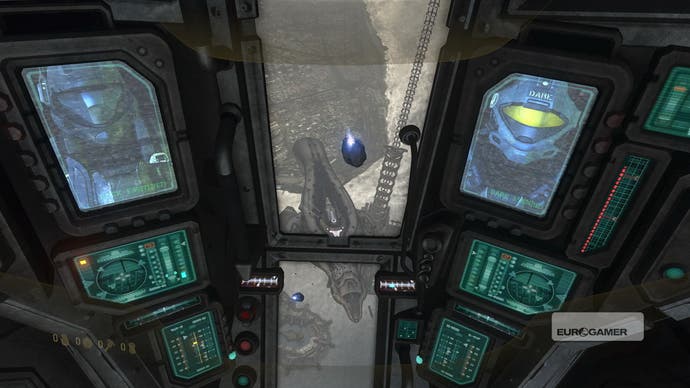
Between the campaign co-op and Firefight, you can expect to double or treble the amount of time you initially spend uncovering the secrets of New Mombasa, but without the added battlegrounds, playlists and ranking systems we've come to expect, you'll be back to Halo 3 in no time. The second disk of Halo 3 multiplayer maps (three new, the rest drawn from existing Xbox Live map packs) and the promise of Halo: Reach beta access are valuable extras, but before long they feel less like bonuses and more like justifications for the game's premium price tag.
Horribly, it's that price tag that ultimately does for Halo 3: ODST. This is a marvellous campaign, and its clever pacing, shifting focus and expert storytelling all heave effortlessly under cover of wisdom inherited from the phenomenal Halo 3. Our fear had been that the Orbital Drop Shock Troopers would struggle to escape the Master Chief's shadow, but the developer's improving craft means they have no difficulty doing so over a short distance. Instead, it's the shadow cast by Halo 3 itself, and its contemporaries then and since, that proves slightly too long and broad for Bungie's valiant efforts of the past 18 months to escape, because no matter the quality of what's on offer, they can't reasonably make the same demand of your wallet, and yet they still do. It's all the more disappointing, because as a roadmap to the future of Halo, if not the future of Bungie, Halo 3: ODST is fantastic.


